As we celebrate Drinking Water Week and Infrastructure Week in May, we’re reminded of the critical systems that quietly sustain our communities every day. These national observances highlight the importance of reliable drinking water and wastewater infrastructure—services we often take for granted, yet ones that set the very foundation of public health, environmental protection, and economic resilience. Designing and maintaining these systems demands more than general engineering knowledge. It requires focused, niche expertise, and a forward-looking approach.
At Tata & Howard (T&H), water and wastewater are our bread and butter. We’re not a generalist firm splitting attention across various sectors—we are dedicated specialists with a singular mission: to help communities design, manage, and optimize their water and wastewater systems. That niche focus gives us the depth, insight, and precision to deliver exceptional results, stay ahead of the curve, and prepare for the future.
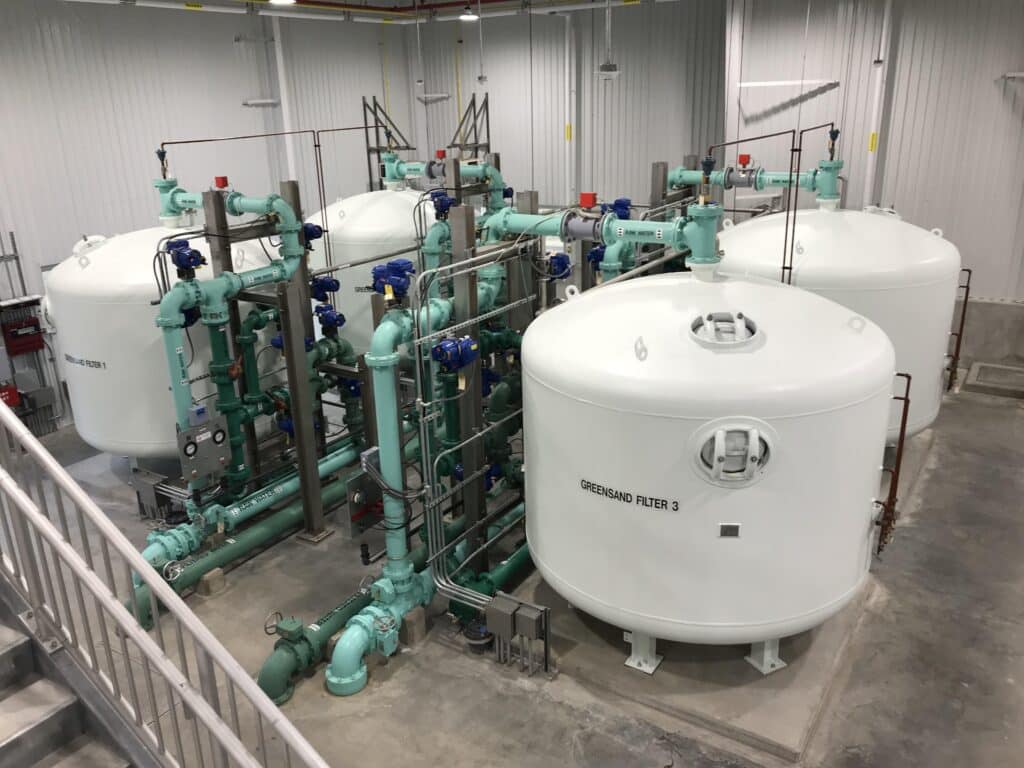 Why Specialization Matters in Water and Wastewater Design
Why Specialization Matters in Water and Wastewater Design
Water and wastewater systems are among the most complex and critical pieces of municipal infrastructure. They must operate around the clock, comply with ever-evolving regulations, and be able to adapt to population growth and environmental changes. A deep understanding of how these systems function and interact empowers our team to create solutions that are efficient, reliable, and safe.
That’s where our specialized expertise sets us apart.
On the drinking water side, we design transmission and distribution mains, storage tanks, pump stations, and advanced treatment facilities—all tailored to meet specific community needs. On the wastewater side, our work includes sewer mains, pump stations, and treatment plants engineered to meet local, state, and federal regulatory requirements while also operating efficiently and sustainably.
Our designs are built on a robust understanding of hydraulics, chemistry, permitting, and utility operations. But technical design is only one piece of the puzzle—strategic planning is just as important.
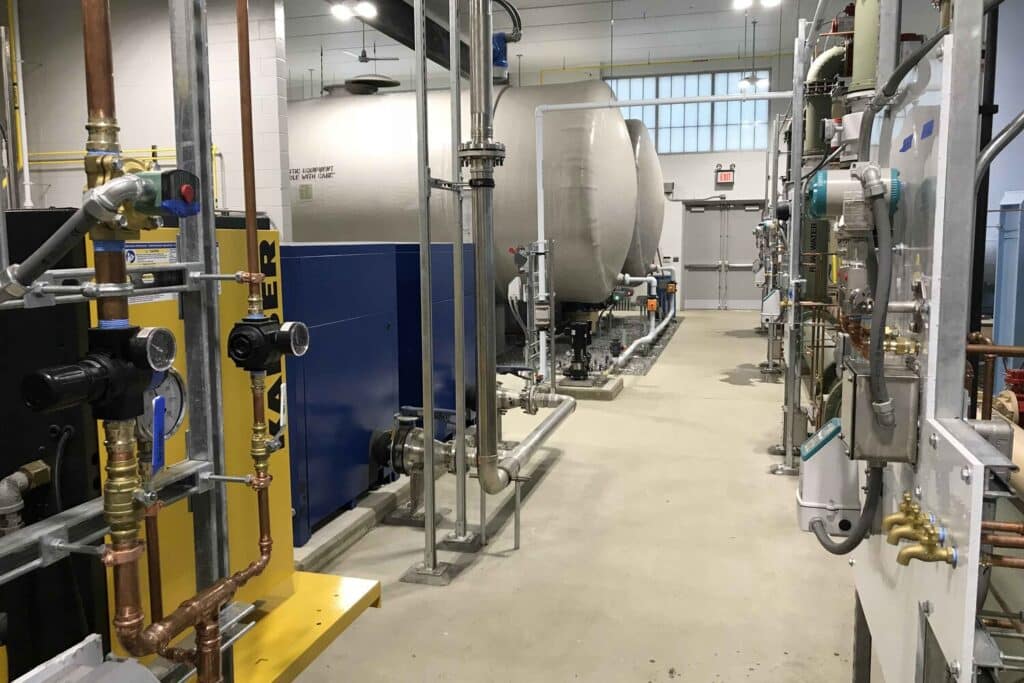 Capital Efficiency Plans: A Smarter, Targeted Approach to Infrastructure
Capital Efficiency Plans: A Smarter, Targeted Approach to Infrastructure
At T&H, we help municipalities stretch every infrastructure dollar further. Our trademarked Capital Efficiency Plans (CEPs) are a fast-tracked, highly structured approach to water, wastewater, and stormwater asset management. Designed to identify and prioritize system needs, the CEP empowers communities to take proactive steps, avoiding costly emergency repairs and accelerating much-needed maintenance.
Through a simple, three-step process, our engineers work hand-in-hand with municipalities to assess underground utilities, flag segments needing repair, replacement, or rehabilitation, and create a clear, actionable plan. What makes the CEP unique is its three-circle Venn diagram approach, which evaluates each pipe segment using three key criteria: hydraulic modeling, asset management, and criticality. Where these criteria overlap, infrastructure vulnerabilities are given higher priority. It’s a visual, data-driven method that provides immediate clarity and direction.
Each CEP includes GIS mapping and a detailed asset database that outlines priorities, cost estimates, and phasing strategies. This comprehensive reporting gives municipal leaders the tools they need to confidently budget and plan, year over year.
At a time when state and federal infrastructure funding is limited, and aging systems continue to strain local budgets, the CEP provides a powerful path forward. Communities like Northampton, Worcester, and Melrose, Massachusetts have already benefited from this approach, completing more projects with fewer surprises and stronger long-term outcomes.
 Innovation in Action: Staying Ahead of Emerging Contaminants
Innovation in Action: Staying Ahead of Emerging Contaminants
The water industry never stands still, especially when it comes to water quality. As new contaminants of concern emerge and regulations tighten, utilities are expected to respond quickly and effectively. At T&H, we protect public health and earn community trust by staying one step ahead of the curve.
PFAS, or per- and polyfluoroalkyl substances, are a clear example. These persistent synthetic compounds—often called “forever chemicals”—have become one of the most urgent issues facing drinking water systems across the country. With new limits on the horizon and public awareness on the rise, utilities need proven, forward-thinking solutions.
At T&H, we’ve been addressing PFAS head-on for years. Before it became a national focus, we were already helping communities plan for it. One example is our work with the Wading River Water Treatment Plant in Attleboro, MA, where we conducted pilot testing to evaluate treatment options for PFAS removal. By testing a variety of treatment media, we helped identify effective, sustainable solutions tailored to that system’s specific needs, equipping our client with a head start on long-term compliance.
However, PFAS aren’t the first emerging issue we’ve helped utilities manage. When manganese began gaining attention as more than just an aesthetic nuisance, we were already developing dedicated treatment systems to address it. At the Home Farm Water Treatment Plant in Shrewsbury, MA, we piloted the use of Mangazur® biological filtration to remove manganese from groundwater—an approach that proved both effective and cost-efficient for our client.
Whether the challenge is PFAS, disinfection byproducts, or nutrient removal in wastewater, our team is always evaluating new technologies, anticipating regulatory shifts, and delivering solutions that are both forward-looking and practical. For us, staying ahead isn’t just a matter of innovation, but rather, it’s part of the commitment we make to every community we serve.
A History of Firsts and Forward Thinking
Our legacy is built on innovation driven by a commitment to innovation and community partnership. We’ve been early adopters of advanced tools such as hydraulic modeling, GIS-based asset management, water audits, and CEPs, and we were the first to recycle Greensand backwash water in Massachusetts at a water treatment facility in Natick, MA.
By integrating these technologies early, we’ve helped utilities uncover inefficiencies, reduce non-revenue water, improve maintenance schedules, and phase out aging infrastructure in the most cost-effective way possible. We take pride in serving as trusted advisors, not just technical experts.
That support also extends to helping clients secure state and federal funding, including grants, low-interest loans, and SRF (State Revolving Fund) assistance. We align each project’s technical and financial goals with the most appropriate funding mechanisms—unlocking resources that might otherwise go untapped.
 Building for the Future, Every Day
Building for the Future, Every Day
The success of any infrastructure project is dependent on more than just technical experience and excellence. It requires clear communication, a shared vision, and a genuine commitment to partnership. Our clients count on us for all of that, and more.
During Drinking Water Week, we celebrate the essential role that clean, safe water plays in our lives. And during Infrastructure Week, we honor the engineers, operators, municipal staff, and public officials who keep those systems running strong.
At Tata & Howard, we’re proud to stand with them. Because to us, water isn’t just an industry; it’s our purpose. And we’re proud to dedicate every day to building the water and wastewater systems that keep our communities healthy, resilient, and thriving.

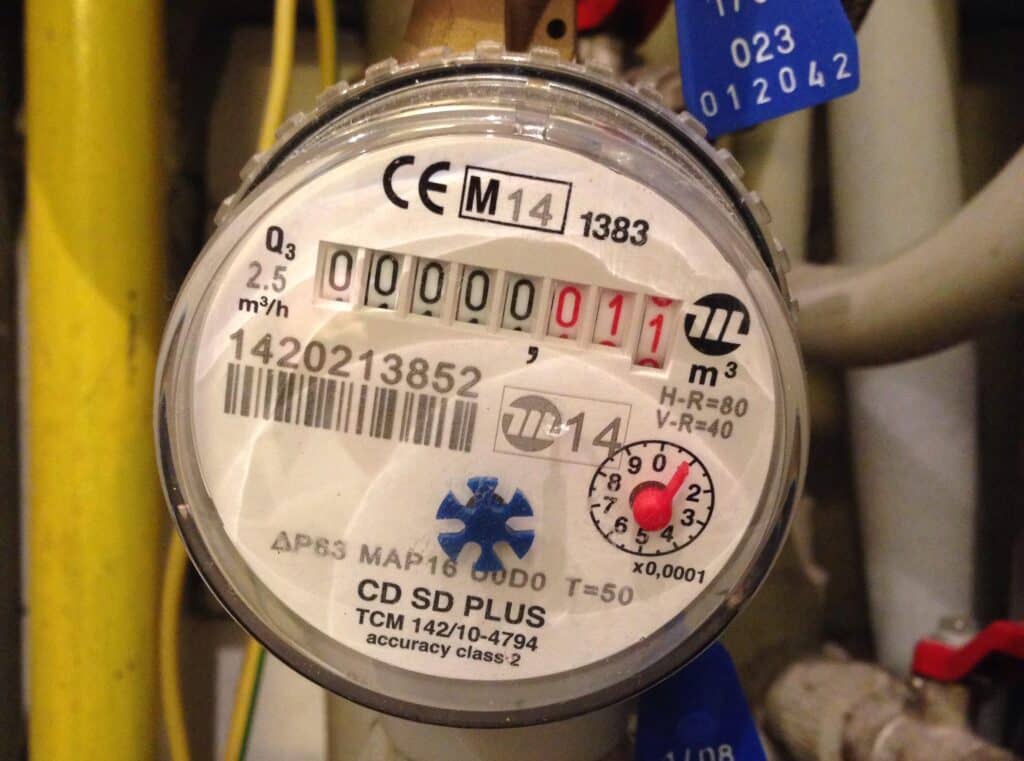 The Cost of Leaks and Inefficiencies
The Cost of Leaks and Inefficiencies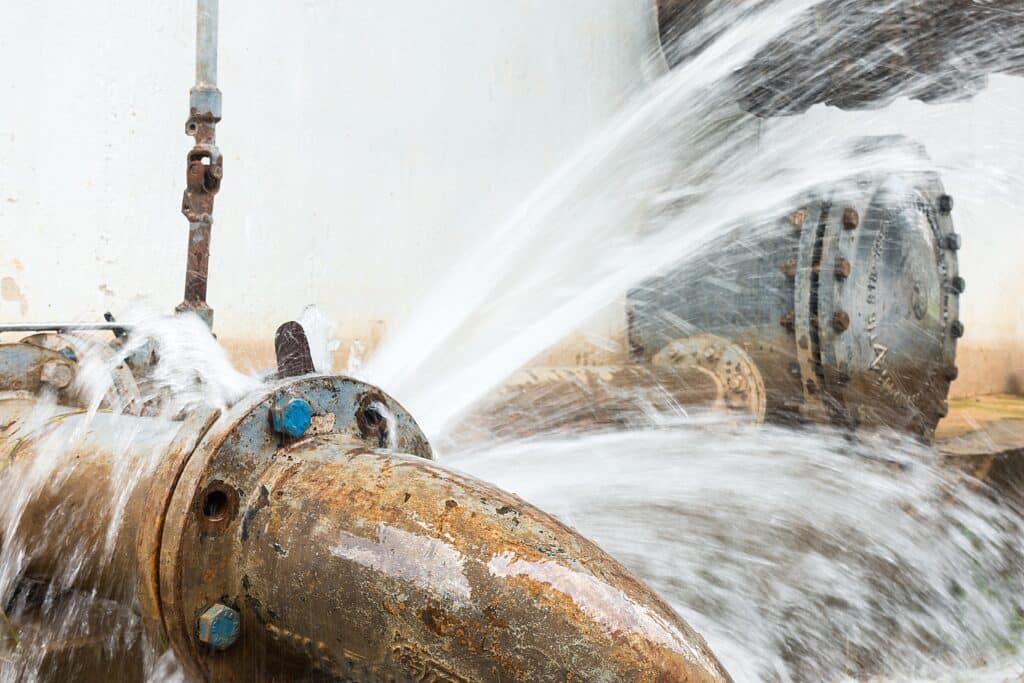
 Funding Opportunities for Water System Improvements
Funding Opportunities for Water System Improvements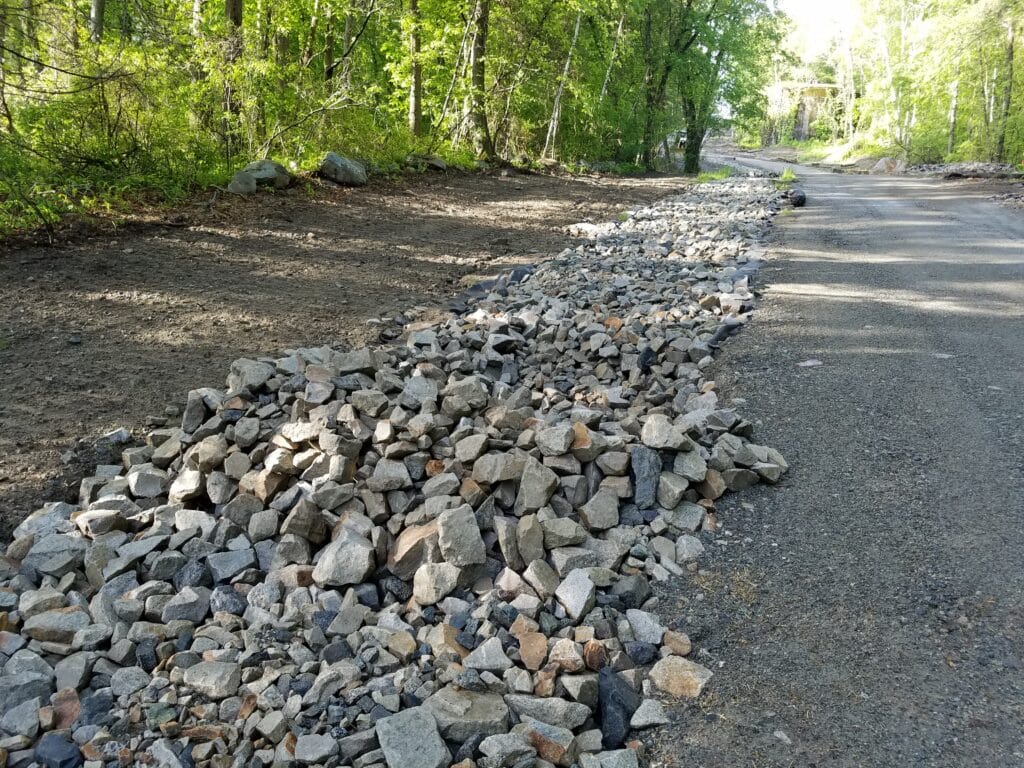 A Brief History of the MS4 Program
A Brief History of the MS4 Program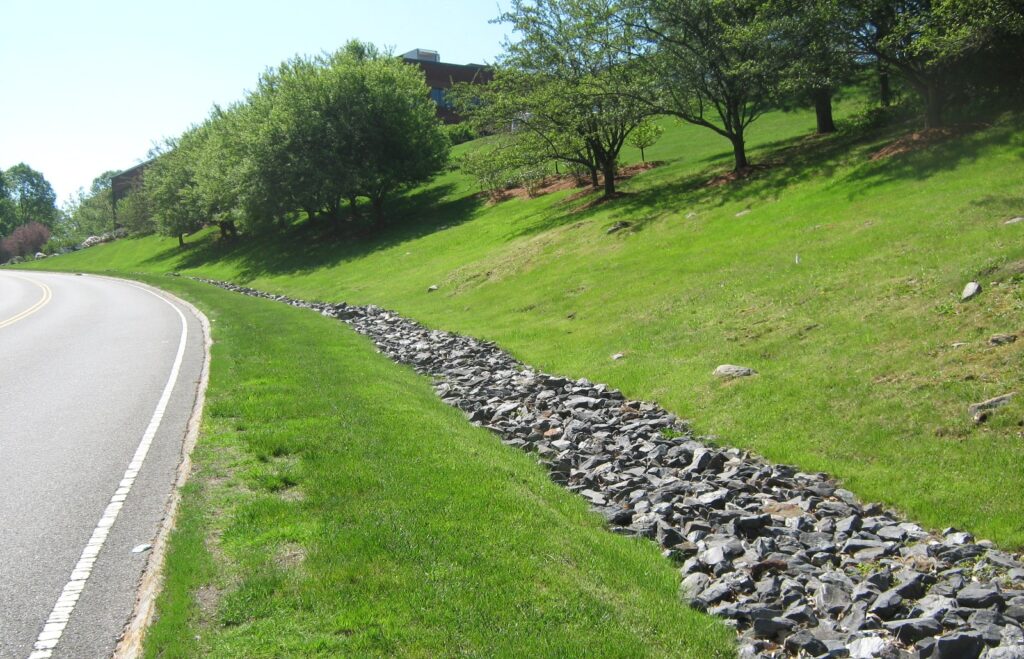 Key Requirements of the MS4 Program
Key Requirements of the MS4 Program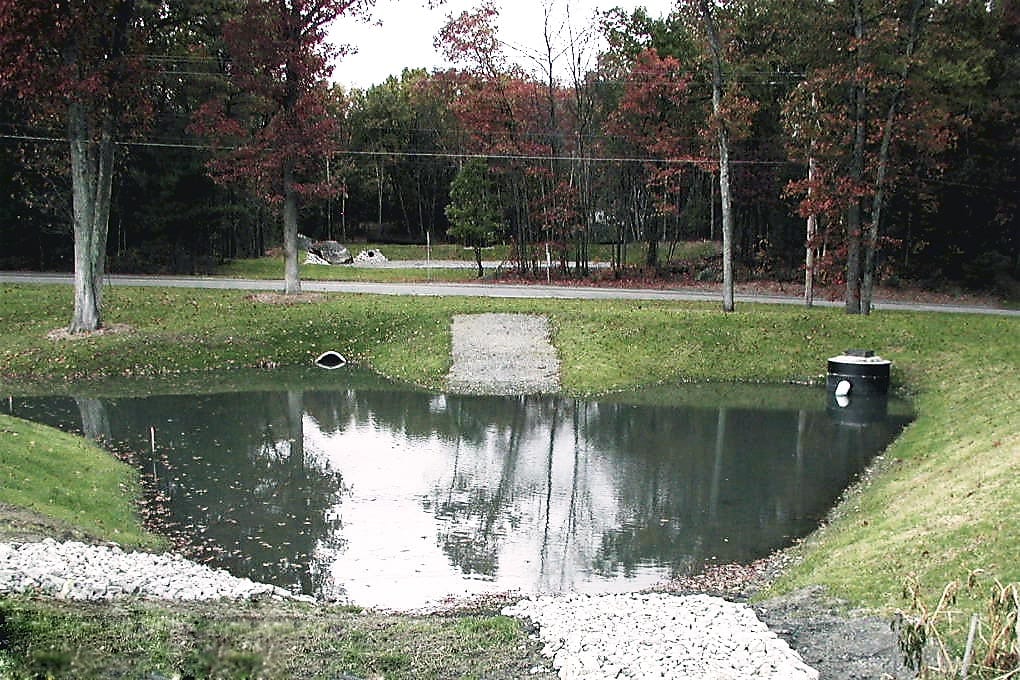
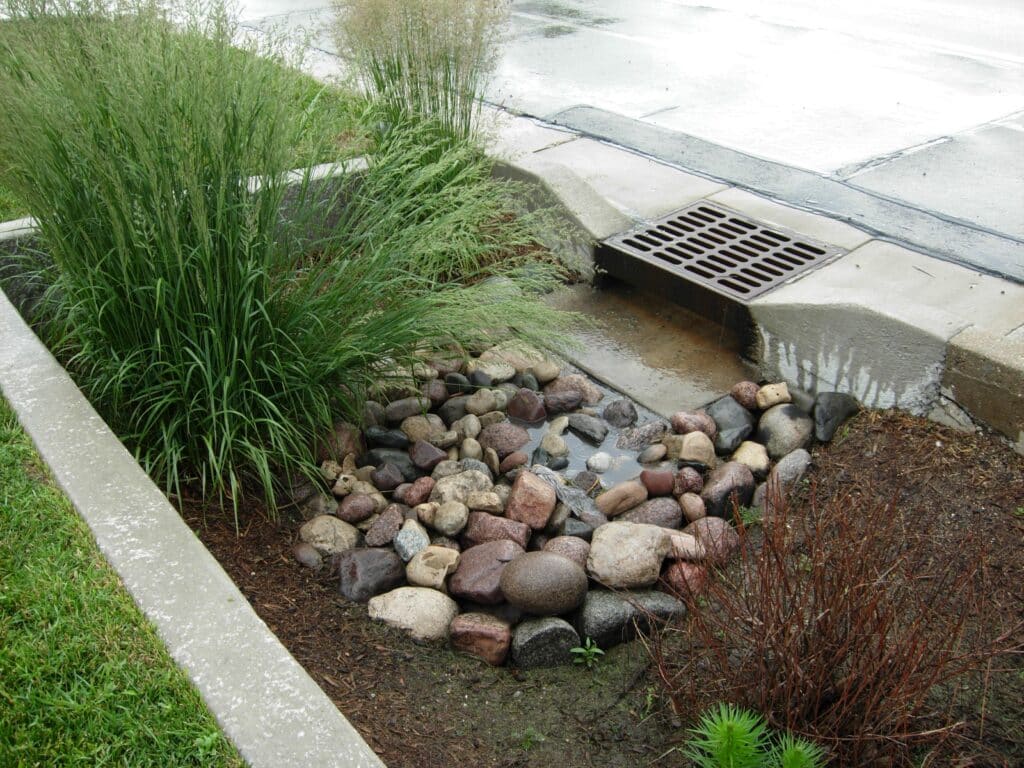 In November 2024, the EPA provided Massachusetts MS4 Permittees with written notice that they intend to reissue the National Pollutant Discharge Elimination System (NPDES) Massachusetts MS4 General Permit for discharges to certain waters of the Commonwealth of Massachusetts. When finalized, the Draft Permit will replace the Final Massachusetts MS4 General Permit issued on April 4, 2016 and modified on December 7, 2020. The public comment period for the Draft Permit was recently extended for an additional 90 days from February 20, 2025 to May 21, 2025.
In November 2024, the EPA provided Massachusetts MS4 Permittees with written notice that they intend to reissue the National Pollutant Discharge Elimination System (NPDES) Massachusetts MS4 General Permit for discharges to certain waters of the Commonwealth of Massachusetts. When finalized, the Draft Permit will replace the Final Massachusetts MS4 General Permit issued on April 4, 2016 and modified on December 7, 2020. The public comment period for the Draft Permit was recently extended for an additional 90 days from February 20, 2025 to May 21, 2025.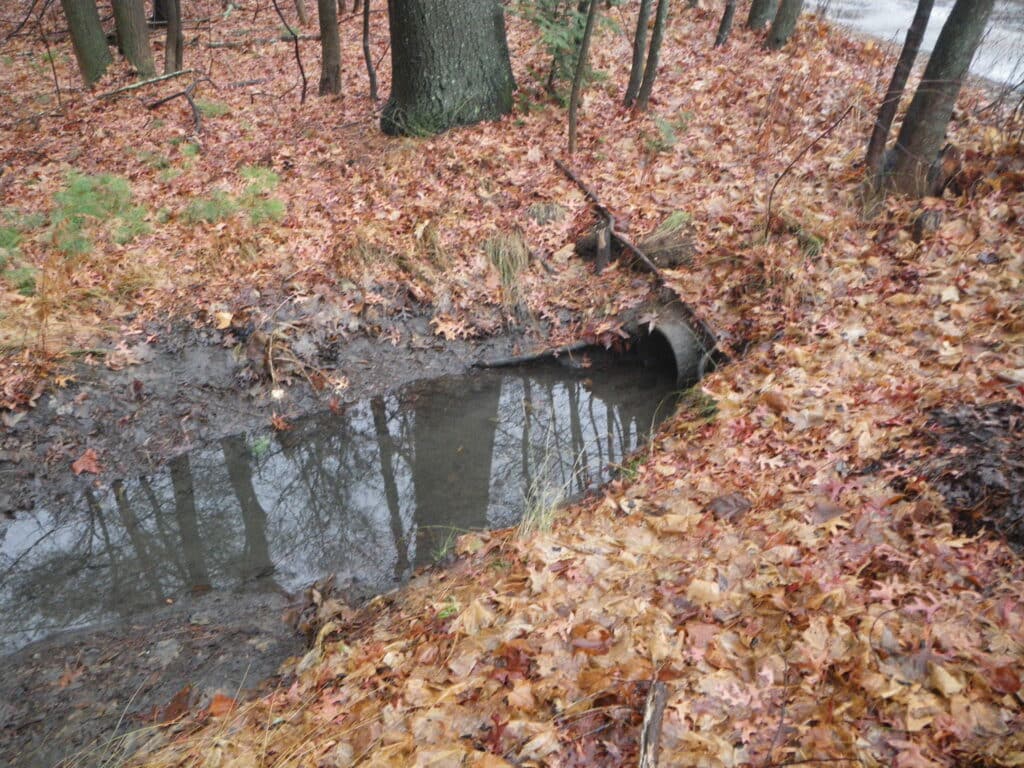 Looking to the Future: A Sustainable, Resilient Tomorrow
Looking to the Future: A Sustainable, Resilient Tomorrow Now more than ever, it is important that we encourage young girls and women to enter into the engineering field. The dedication, innovation, and perseverance of our female employee-owners is truly inspiring. By breaking barriers and achieving remarkable feats in engineering, they are not only advancing technology but also paving the way for future generations. They are powerful role models for young girls everywhere and their achievements show them that they too can dream big, believe in their abilities, and pursue their goals fearlessly.
Now more than ever, it is important that we encourage young girls and women to enter into the engineering field. The dedication, innovation, and perseverance of our female employee-owners is truly inspiring. By breaking barriers and achieving remarkable feats in engineering, they are not only advancing technology but also paving the way for future generations. They are powerful role models for young girls everywhere and their achievements show them that they too can dream big, believe in their abilities, and pursue their goals fearlessly.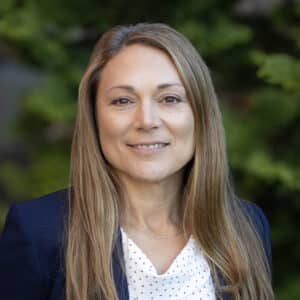
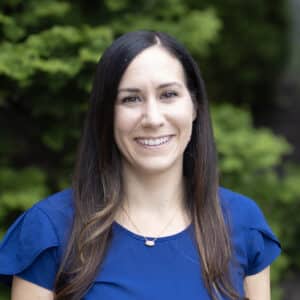

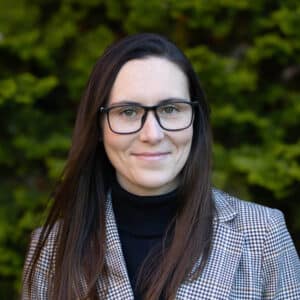

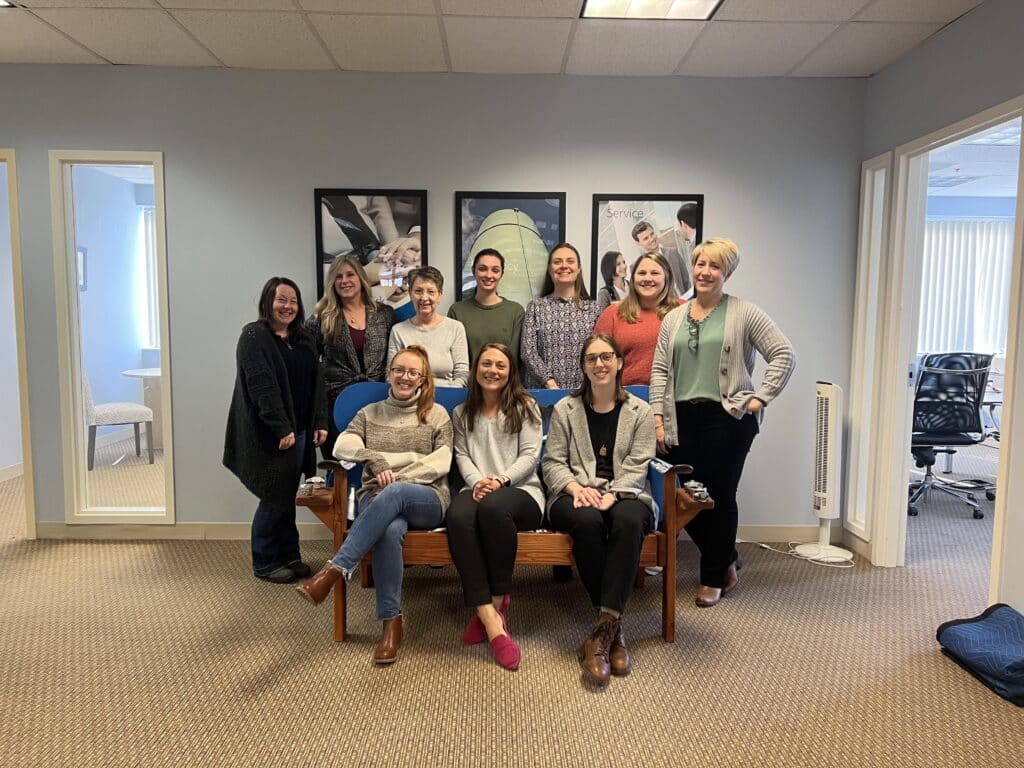 Women Who Are Driving Change at Tata & Howard
Women Who Are Driving Change at Tata & Howard 
 The Road Ahead
The Road Ahead

 The deadline for submitting Lead Service Line (LSL) inventories was October 16, 2024. The next step is to create a baseline inventory and service line replacement plan due no later than November 1, 2027.
The deadline for submitting Lead Service Line (LSL) inventories was October 16, 2024. The next step is to create a baseline inventory and service line replacement plan due no later than November 1, 2027. Why Transparency and Timeliness Matter
Why Transparency and Timeliness Matter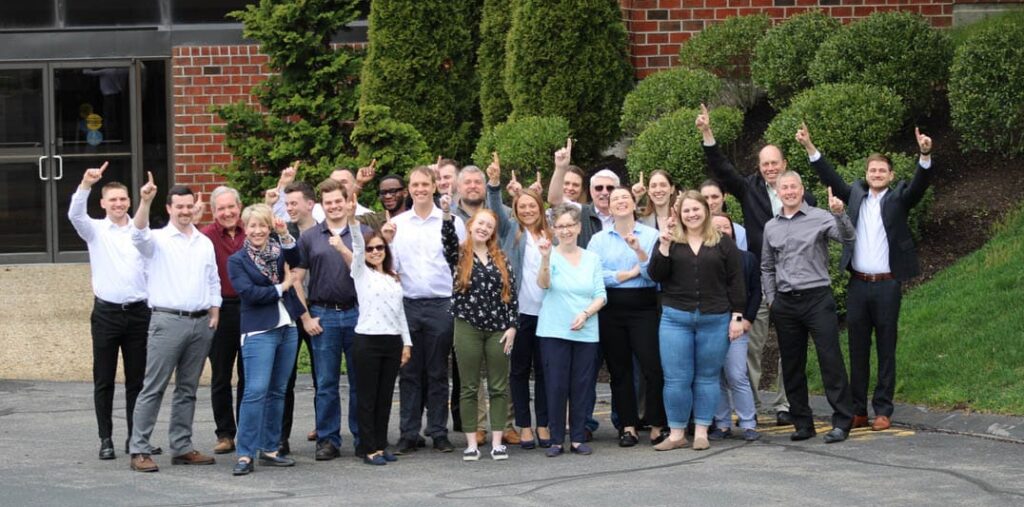 It’s also worth noting that the ESOP model isn’t just about financial benefits (though those are significant). The model creates a culture of accountability and pride, where each person, regardless of their role, plays a part in shaping our collective future. This shared responsibility transcends the office, driving both higher productivity and a deeper commitment to community engagement and sustainability.
It’s also worth noting that the ESOP model isn’t just about financial benefits (though those are significant). The model creates a culture of accountability and pride, where each person, regardless of their role, plays a part in shaping our collective future. This shared responsibility transcends the office, driving both higher productivity and a deeper commitment to community engagement and sustainability.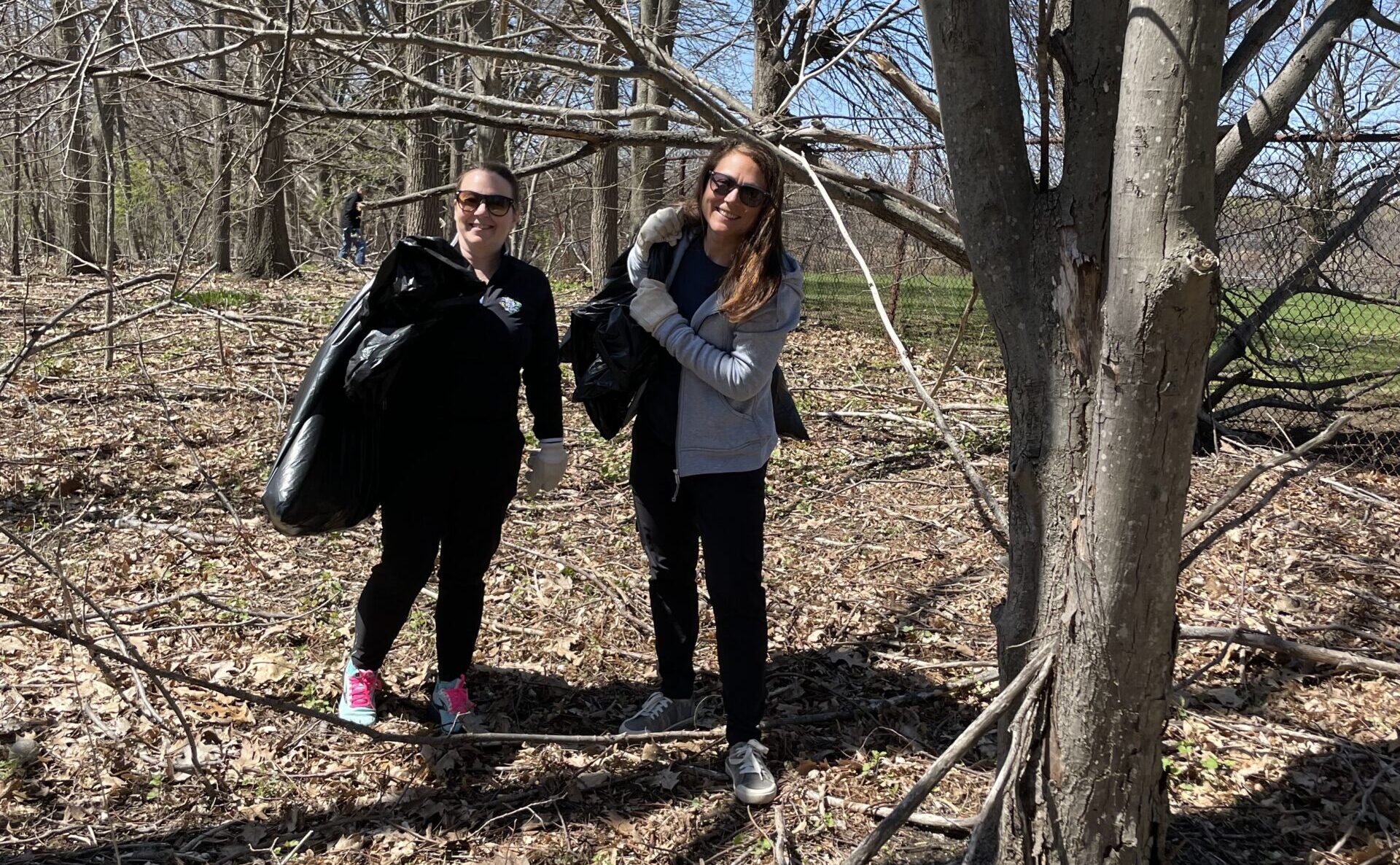

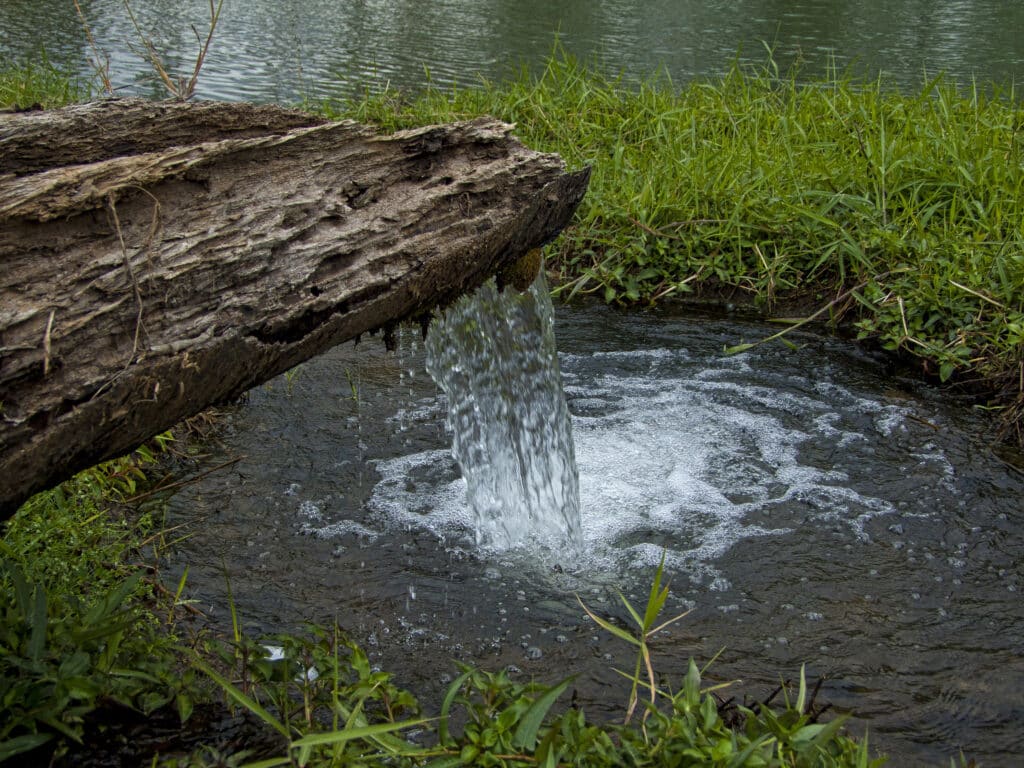 Our Holistic Approach
Our Holistic Approach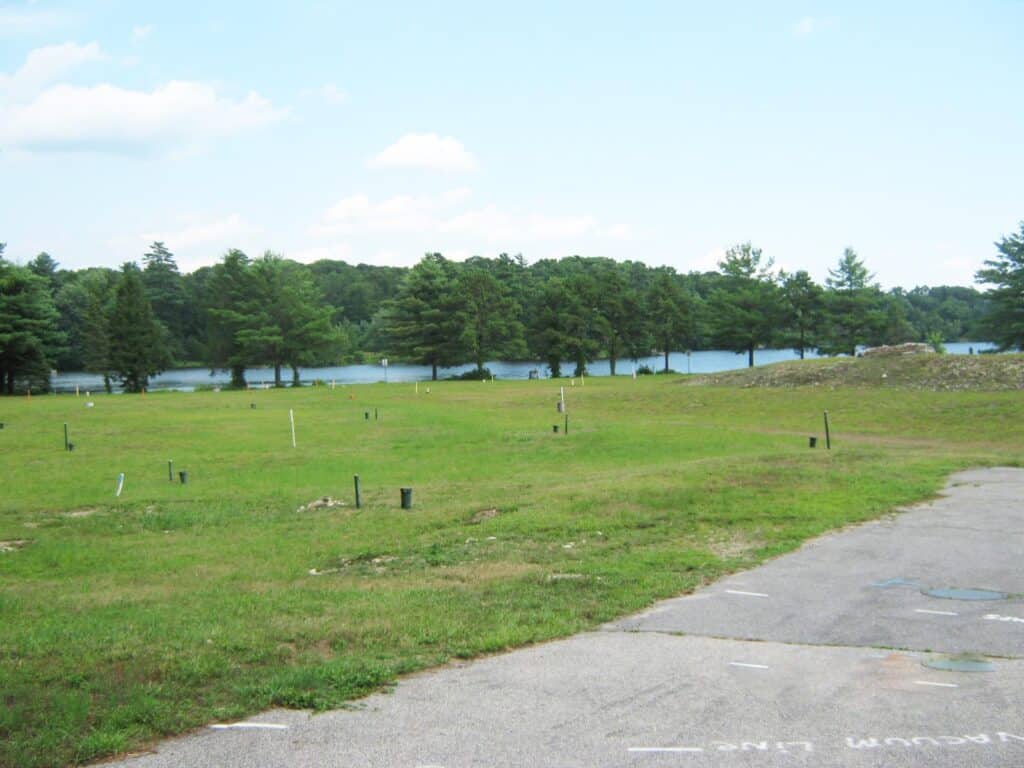 Our Services
Our Services Pump Test Proposals, Coordination and/or Supervision, and Reports and Analyses
Pump Test Proposals, Coordination and/or Supervision, and Reports and Analyses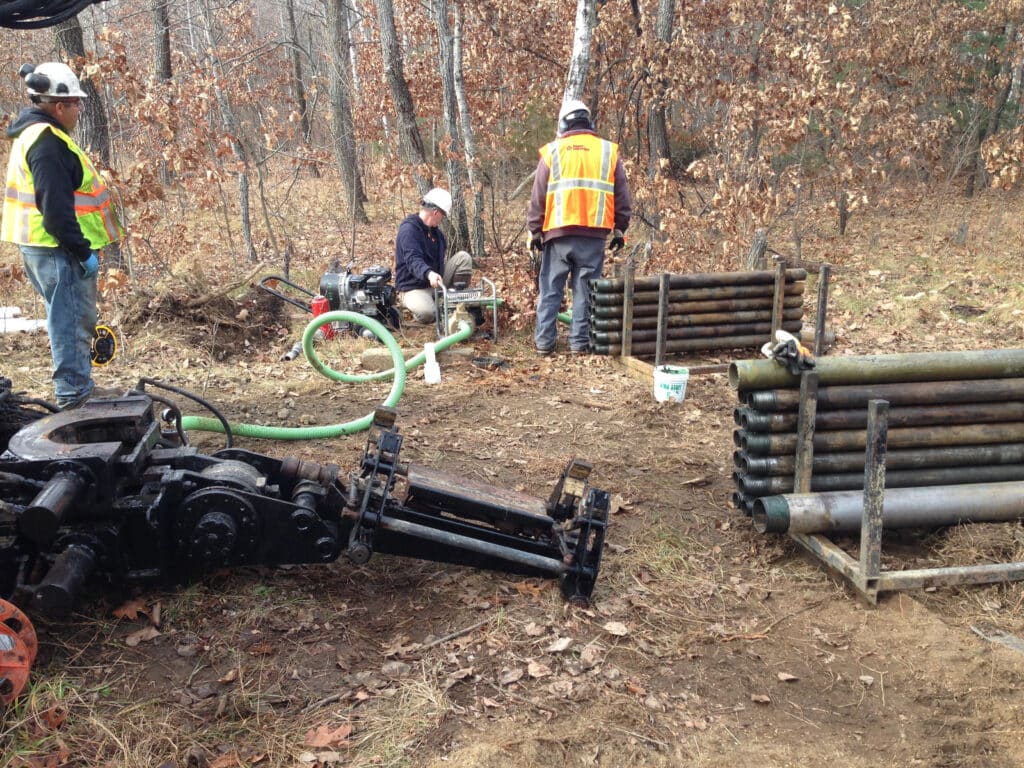 Your Partner in Sustainable Water Solutions
Your Partner in Sustainable Water Solutions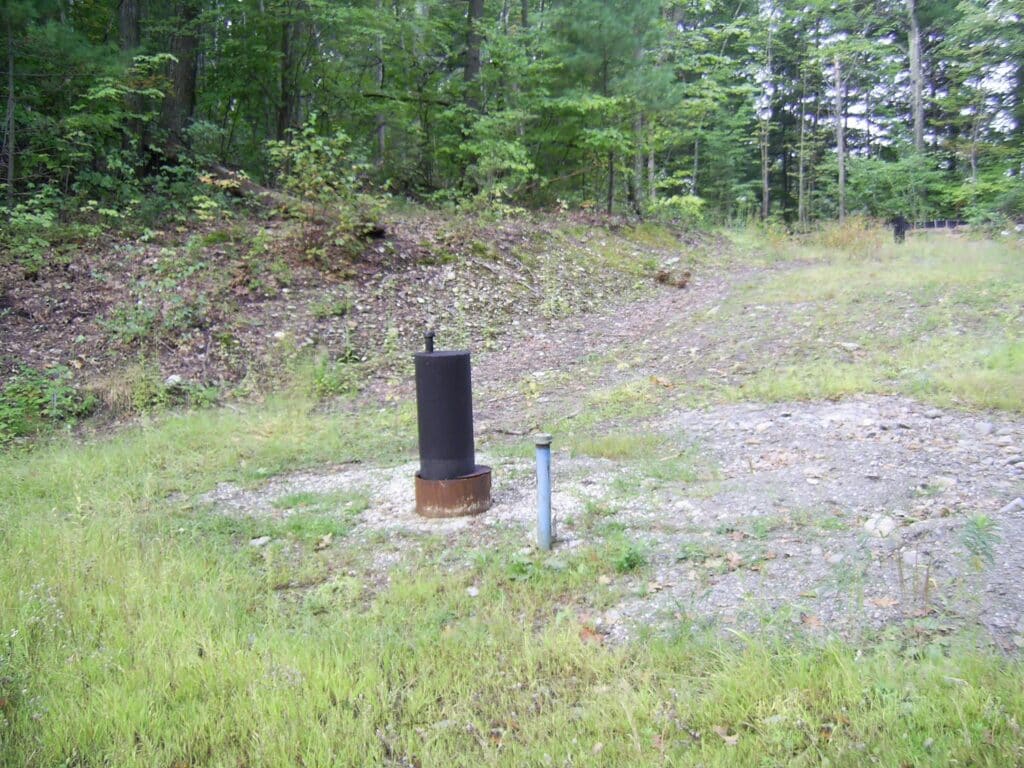
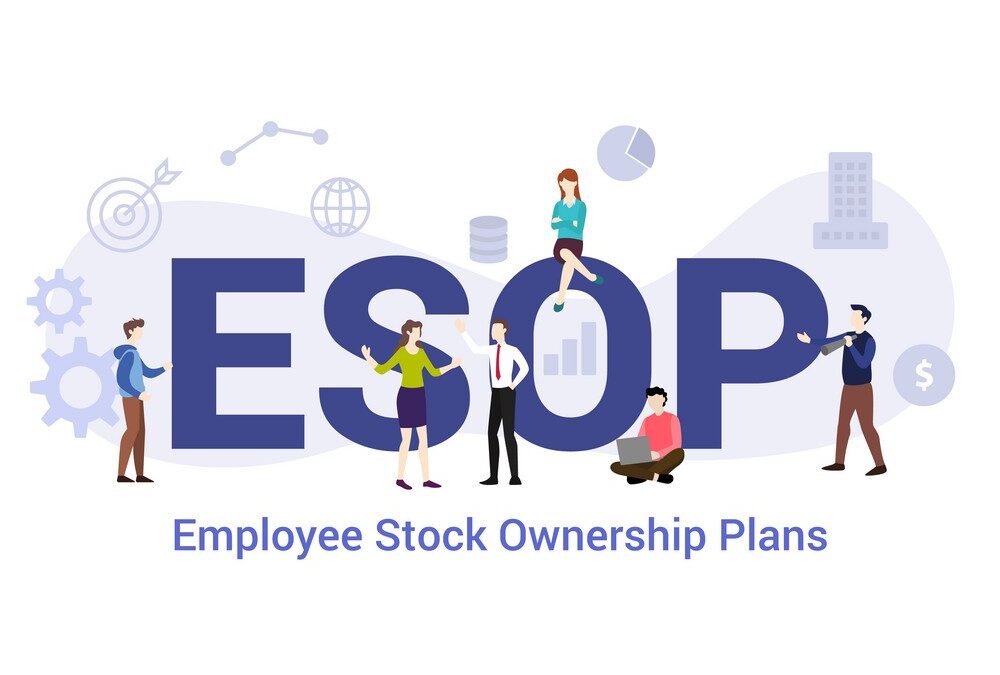 What It Means to Be an ESOP Company
What It Means to Be an ESOP Company


 Understanding Water Audits
Understanding Water Audits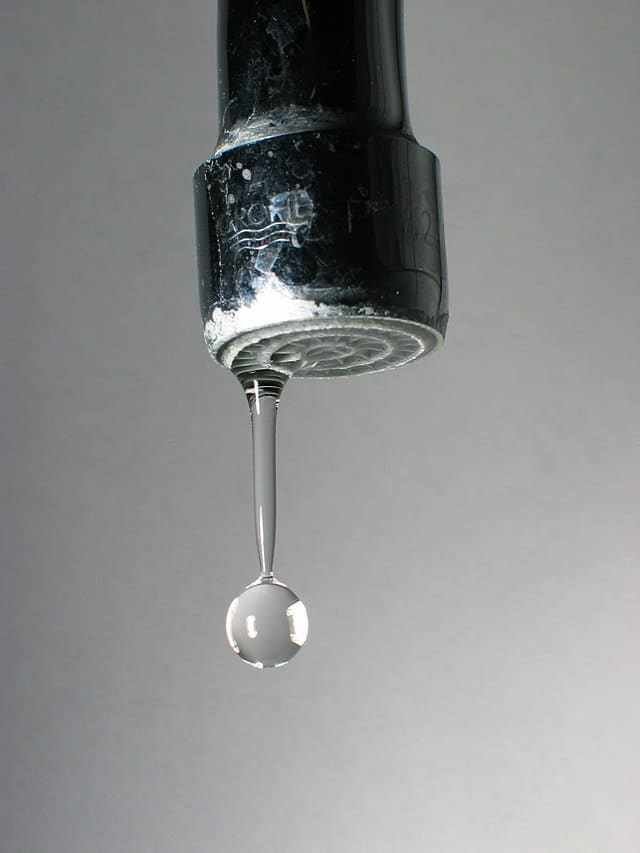 A Smart Investment
A Smart Investment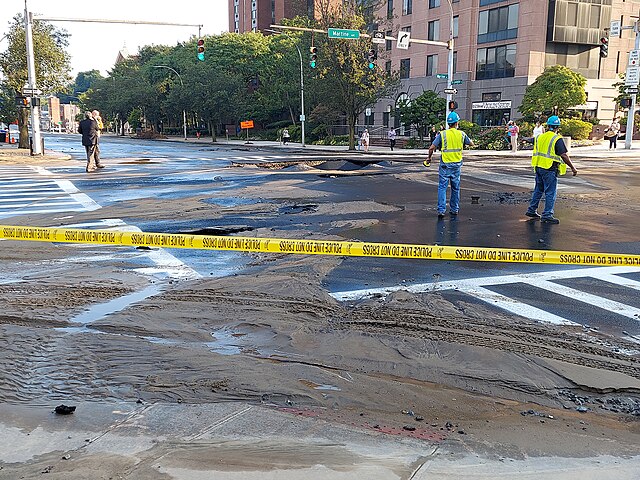 Resource Conservation
Resource Conservation